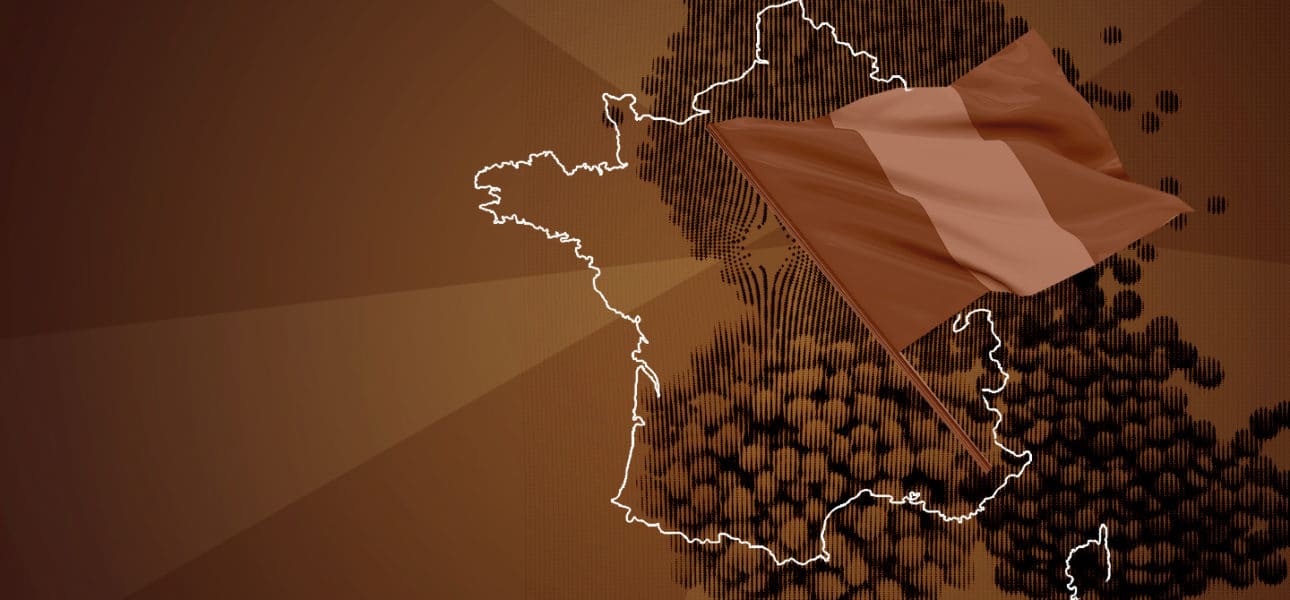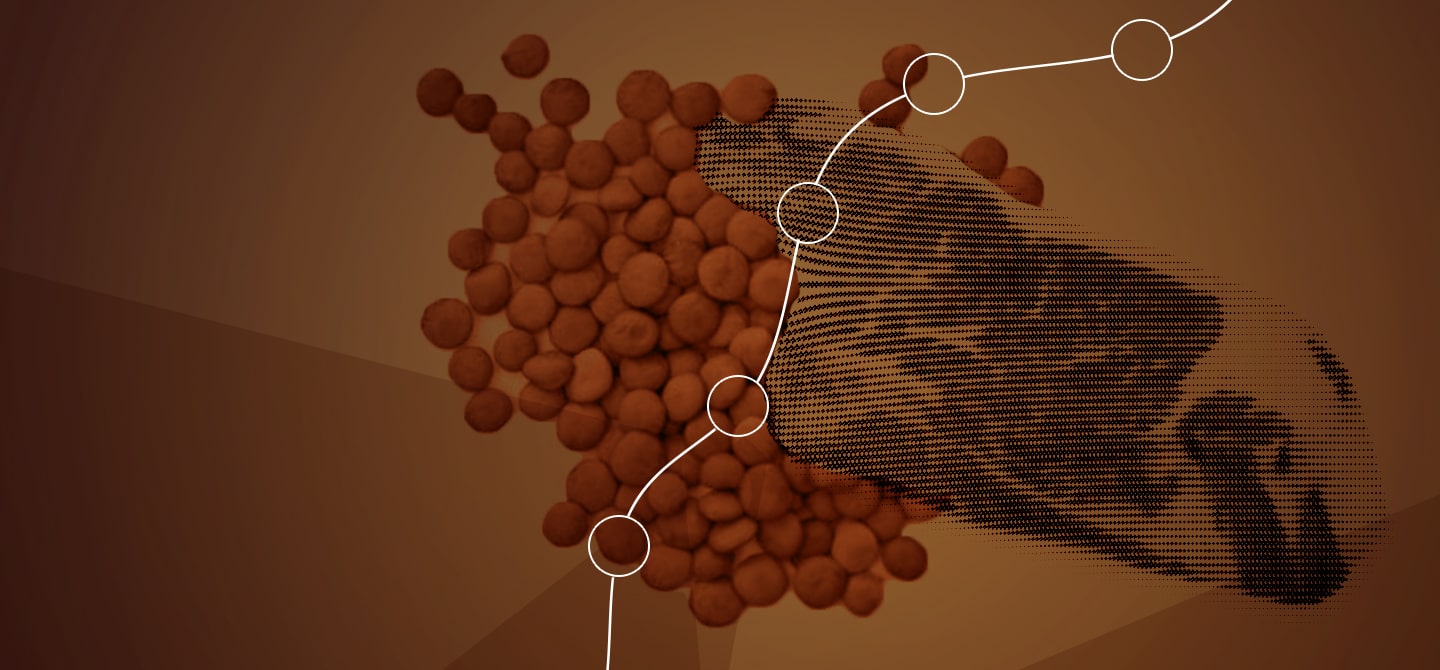The covid-19 pandemic has once again highlighted our dependence on imports in the strategic protein sector. For example, in France, we import more than 1.5 million tonnes of soya per year, mainly for animal feed. 58% of this soya comes from Brazil1. To solve the problems caused by this dependence, the government has launched yet another in the long line of protein strategies, which is nonetheless unprecedented in terms of the scale of its funding and the commitment of the State. Protein independence involves several major issues such as limiting deforestation in South American countries and greenhouse gas emissions from our region, developing new varieties and enabling France and Europe to position themselves on world markets. Before delving into the way in which the players in the sector are coordinating to meet the government’s demand, it is important to look back at the geopolitical history of this sector to better understand how and why we got here.
In 1960, Europe accepted a certain level of protein dependency via the Dillon Round agreement within the framework of the General Agreement on Tariffs and Trade. How can such a decision be explained for such a strategic sector?
Mathieu Brun. It is worth recalling this fact: the protein dependency we are experiencing today is the result of political choices. At the end of the Second World War, the free market began to be established and Europe decided to protect some of these products: cereals, sugar, and milk, by imposing substantial taxes on the export of these products to Europe. In return, the European Community undertook not to put up tariff barriers on soybeans from the United States. This was the genesis of the politically decided protein dependency, which led to a loss of research and production capacity. For a decade, Europe relied solely on imports. Then something happened to remind us of the strategic importance of this sector.
This event was of course the American embargo on soya in 1973, when Europe became aware of the strategic aspect of this sector and invested massively in its development. However, this dynamic is still altered because imports are not decreasing. What factors explain this new laissez faire attitude?
At that time, it should be remembered that the United States was almost the only exporter of protein-rich products. The 30% reduction in production due to drought and the resulting embargo are naturally worrying. During this crisis, other future major players enter the market, such as Argentina and Brazil. France and Europe massively reinvest in research and in the production of protein and oilseed crops, as we can see by the rapeseed and sunflower crops today. However, during this time of demographic expansion, is is also necessary to meet the needs population’s needs in terms of food (cooking products, cheap meat, etc.), which explains in part why we have remained fairly dependent on American soya.
Let us now jump to the present: we are witnessing a recovery plan that is unprecedented in terms of financial resources and state commitment. The objectives are to reduce our dependence on imported protein and increase our competitiveness on the international market. In addition to the financial means, how can we remove the strategic obstacles (poor communication, research, risk of growing these protein crops, low yields, and low consumer appeal, etc.) that prevent these objectives from being achieved?
Protein strategies have been coming and going for a long time. This one does indeed seem to have unprecedented resources behind it. It seems more ambitious than the previous strategies, especially because it seems to focus on and develop the sectoral aspect and is therefore part of a more comprehensive approach, which will encourage dialogue within the inter-profession and, will hopefully make it possible to respond to the various issues concerning the climate, the sustainability of our production and consumer expectations.
David Gouache. The strength of this protein plan is that the State’s commitment has received strong support from the agricultural inter-professions. The heads of the inter-professional organisations suggested to the elected representatives that the plan should not focus solely on the professions producing plant proteins but that it should encompass all French agriculture by involving all the inter-professional organisations in dialogue. Then, to get into the specifics of the plan and its implementation, the players in the inter-profession, of which I am a member, asked themselves what had made the first protein plan successful after the 1973 embargo in the oilseed sector (rapeseed and sunflower) and the failure of the protein sector.
The answer most certainly lies in the fact that to develop the oilseed sector, we have relied on long-term investment subsidies. The current challenge is to lock in the protein industry within the French and, more broadly, the European agriculture and economy.
Can you briefly explain how the plant protein sector is organised in France?
The basic link in any agricultural sector is obviously the farmer-breeder who produces the protein-rich material. What is different about the organisation of the protein and oil sectors is that they are part of a cultivation system that is dominated by cereals or maize. This is consistent with the historical aspect and with the fact that it is much more difficult to grow oilseeds and (especially) protein crops than cereals.
As a result, innovations in seeds, agrochemicals, machinery, digital offers, etc. are primarily allocated to cereal production, and it is this vicious circle that must be broken. In the earlier stages the process is closer to the classic model of other agricultural sectors with the presence of cooperatives or agricultural traders who are generally responsible for distributing the raw materials essential for production.
How can we cope with the growing demand from emerging markets for meat and therefore to produce protein-rich material for animals?
MB. Emerging markets do need to be taken into account, because if we consider the future, we can see that there is a risk of shortages. China imports a lot of soya; food economies are changing in sub-Saharan Africa and South-East Asia with the democratisation of cooking oils and an increase in the consumption of meat products. Markets at the international level could well become strained if we fail to meet demand. At the same time, we must also consider the change in diets within the European Union, which will lead to a change in agricultural crops. For these changes to be sustainable, strong economic support from the state is needed, otherwise we will probably find ourselves in a new form of dependency.









